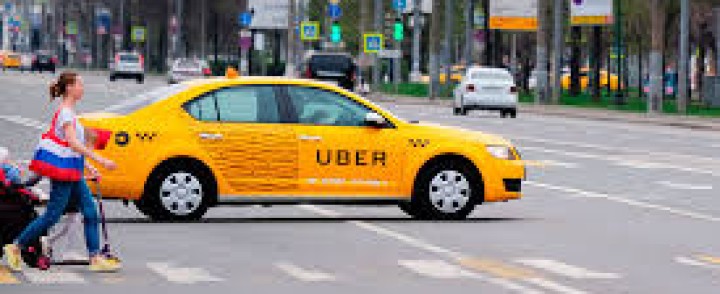How merging with Uber expands Yandex’s global presence
Uber and Russian internet giant Yandex announced something of a curve ball: They plan to merge and create an all-new company that combines their respective ride-hailing services in six markets, while also including Uber’s food-delivery service, UberEats, for good measure.
The newly created $3.8 billion business is somewhat reminiscent of Uber’s deal with Didi Chuxing in China last year, albeit on a smaller scale. But a number of notable tidbits emerged from today’s news, including how Uber was actually performing in Russia and its neighboring markets — put simply, Yandex was performing roughly twice as well as Uber, in terms of number of riders and the overall dollar value.
On the surface, it initially appeared as though the formation of a new combined company would affect just six markets in the region: Russia, Kazakhstan, Azerbaijan, Armenia, Belarus, and Georgia. But digging down into the details of the imminent integration of the services reveals something a little more interesting.
The Yandex and Uber apps will be kept separate, meaning riders can continue to use either branded service. However, the driver apps will be integrated as part of a unified platform, “leading to shorter passenger wait times, increased driver utilization rates, and higher service reliability,” according to a Yandex statement.
By extension, this means that Yandex riders will be given instant access to Uber drivers, and Uber riders will be given instant access to Yandex drivers — without having to sign up, download, or do anything different. And this has interesting implications on a global level, particularly for Yandex.
Yandex is a major technology company in its own right, but isn’t that well known outside a handful of countries, with Russia — a country of 144 million people — serving as its main market. In contrast to Uber, which is available in hundreds of cities across every continent, Yandex.taxi had been available only in six countries, but as a result of this deal, Yandex riders will be able to access Uber drivers in any country around the world without having to install any new apps.
Conversely, Uber riders touching down in Moscow, for example, will now have access to a much wider pool of drivers — up to 30 percent more, according to Yandex.taxi CEO Tigran Khudaverdyan. “This creates one of the most convenient ride-sharing roaming agreements in the world,” he said. This is a win-win for both companies, giving them instant access to a much larger pool of riders that they would have hitherto not been able to access.
While Uber is the most successful of the e-taxi brands from a global perspective, countless local alternatives thrive around the world, including Grab, which is big in Asia; Gett, which has a notable presence in the U.S., U.K., Russia, and Israel; and Daimler’s MyTaxi, which has millions of users across 50 European cities. Last summer, MyTaxi effectively merged with U.K.-based e-taxi company Hailo, and it later went on to snap up Greek rival Taxibeat too.
Continue reading:
https://venturebeat.com/2017/07/13/how-merging-with-uber-expands-yandexs-global-presence/
- Uber customers flying into in Russia get more choice, same with Yandex customers travelling internationally.



